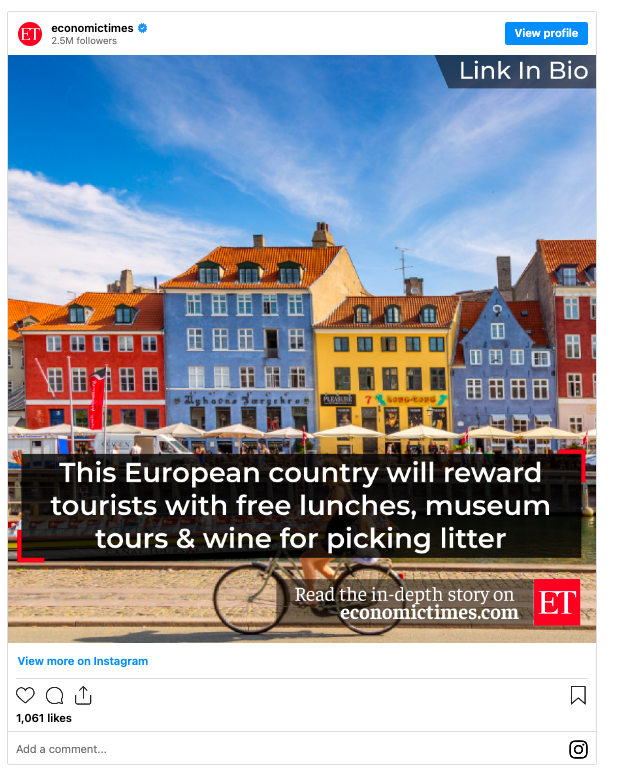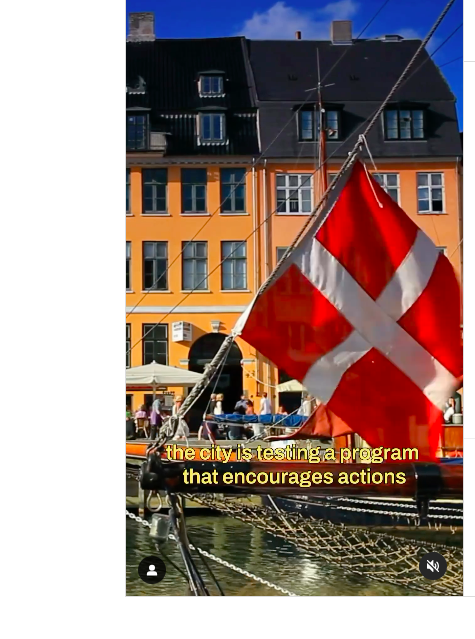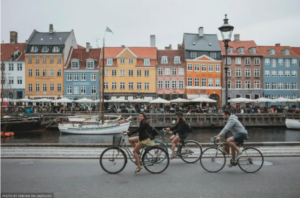With a population that embraces cycling and enjoys a close relationship with nature, Copenhagen has long been considered one of the happiest and greenest cities in Europe.
The capital of Denmark boasts multiple swimming spots, a ski slope atop a power plant, a thriving organic food scene, and a rapidly expanding electric transport system. More than two-thirds of the city’s hotels have eco-certification.
Now, the city officials want to build on this sustainable foundation and invite tourists to join Copenhagen’s green lifestyle.
A new pilot program, “CopenPay,” will reward actions like cycling in the city, participating in clean-up projects, or volunteering for green initiatives with various rewards and experiences, such as museum tours, kayak rentals, free coffee, or even a meal with local delicacies.
Essentially, green actions become the currency for enjoying cultural experiences in Copenhagen.
With many European cities suffering from overtourism and actively introducing measures to limit visitor numbers, it’s refreshing to see a city focusing on attracting a different kind of tourist who aligns more closely with the values of the local population.
As local sites mention: “There is a need to change tourists’ mindset and encourage green choices. Data shows a great willingness, as 82% of tourists state they want to act sustainably, but only 22% have changed their behavior.”
Mikkel Aarø-Hansen, CEO of Wonderful Copenhagen, the city’s tourism organization, stated that tourism must transform from an environmental burden into a force for positive change.
He said that a crucial step in such a transformation is “to change the way we move in a destination, what we consume, and how we interact with locals.”
“The project is unlikely to lead to significant changes on its own, as there is a big gap between visitors’ desire to act sustainably and their actual behavior. CopenPay is a small, experimental step towards creating a new mindset among travelers.”

How “CopenPay” Works
The simplicity of the system allows for easy participation: tourists can show a train ticket, arrive by bike, or present other simple proofs of green actions to redeem their rewards.
For example, visitors arriving at the National Gallery of Denmark with plastic waste are invited to a workshop to turn it into artwork. Similarly, using public transport or cycling to Copenhagen’s iconic heating plant offers a unique skiing experience on the slope atop the building.

This summer, all tourists are invited to join CopenPay, with regular updates on available attractions and rewards at copenpay.com.
Starting with over 20 attractions, CopenPay aims not only to enhance the local visitor experience but also to inspire other destinations.
The pilot program will run throughout Copenhagen’s peak tourist season from July 15 to August 11.
Ask me anything
Explore related questions





